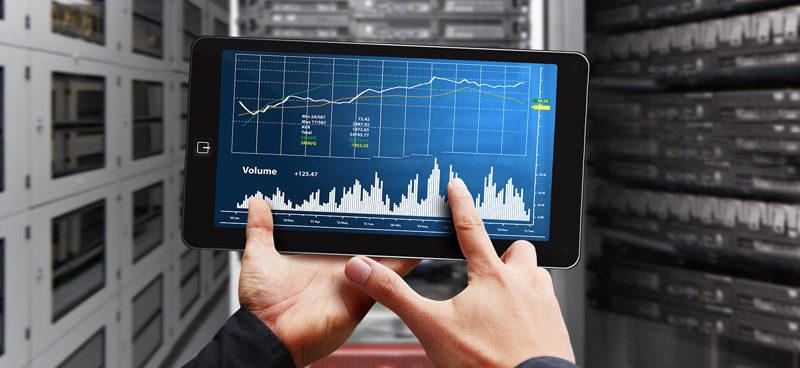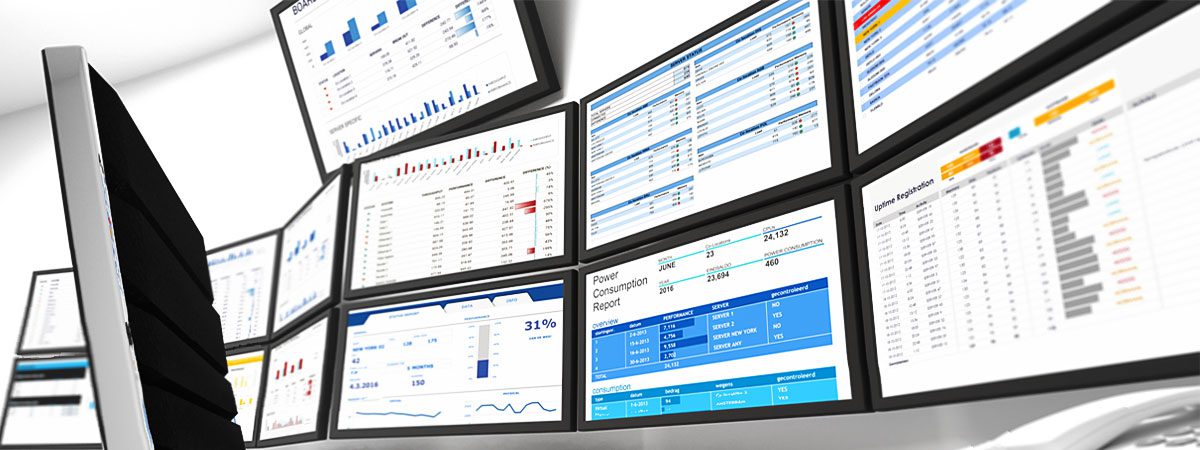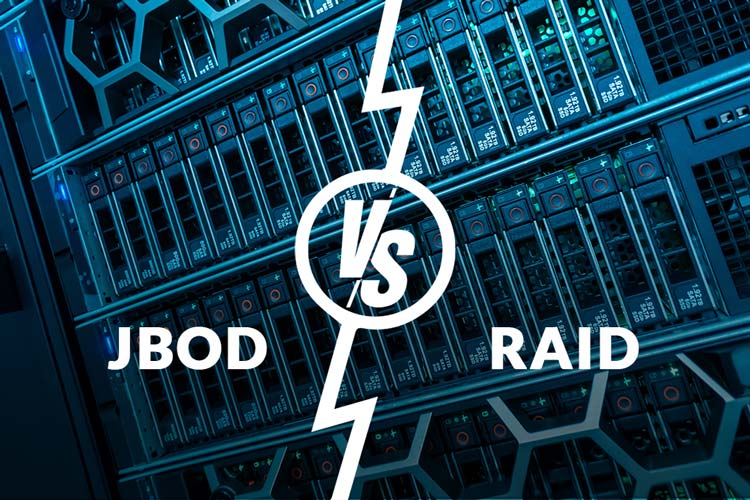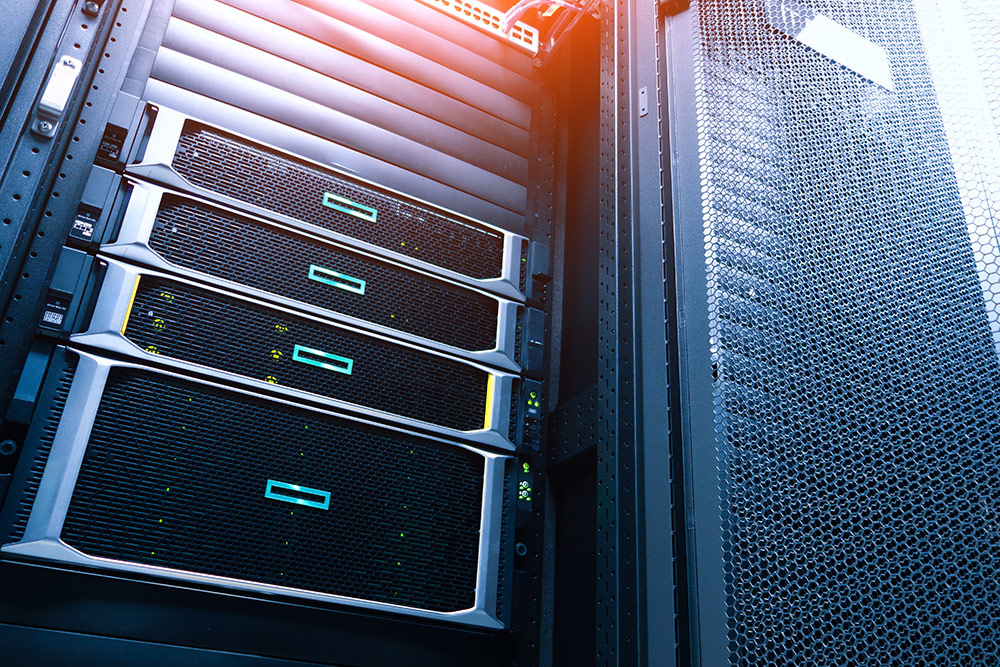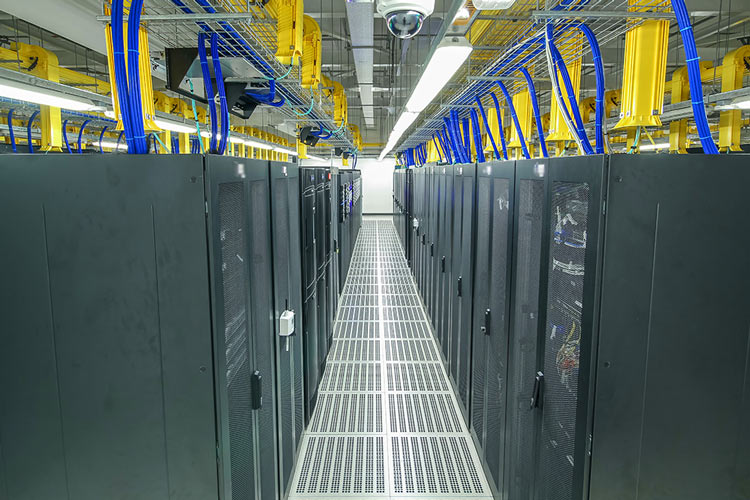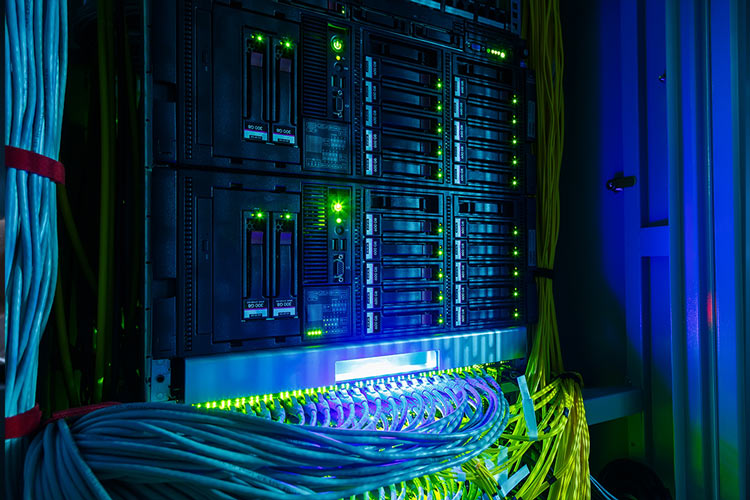Servers are crucial units of all IT frameworks, and as such, they require special care and regular maintenance. Any kind of server dysfunction can create performance issues, affecting the user and leading to interruptions in workflows. Servers store and process large amounts of information with the purpose of providing it to users, applications, or other devices when requested. Receiving thousands of requests every second, the performance of network servers is essential for handling the demand optimally.
Server monitoring, in a nutshell, is the systematic overview of servers with the aim of tracking their health and efficiency. Real-time server monitoring is collecting data and using the collected data to get an actual and accurate picture of the health of the server. Observing operations and processes, tracking and measuring performance helps identify problems as soon as they appear and get information about the servers’ resource utilization.
As there are different types of servers, there are also different types of server monitoring methods. But no matter what the different methods imply, they all serve the same purpose: obtaining information about the status of the server to solve eventual problems before they create other problems.
What is real-time server monitoring used for?
Real-time server monitoring, as the name suggests, involves the real-time collection and analysis of data regarding server performance. It helps admins identify and fix performance-related issues, hardware failures, and security concerns. Real-time server monitoring helps to minimize downtimes and prevent losing data because of unidentified issues.
A large number of cloud services and applications can become an entrance for attacks on network security. High protection against cyber attacks and avoiding security issues is paramount for the safety of all businesses. Real-time server monitoring is used for this reason: to enhance security by recording and reporting on server activities.
Types of server monitoring
To better understand the importance of server monitoring, let’s dig deeper into the main areas and the types of server monitoring.
Uptime monitoring
This type of monitoring ensures that the server is working as it should and responds appropriately to requests. The processor, the memory, the disk, and network interfaces are the hardware features that need the careful attention of system administrators. Uptime or availability monitoring is one of the most important server monitoring and tracking measurements. Getting notified of downtime immediately helps administrators and technicians locate and solve the problem in the shortest possible time.
Performance server monitoring
Keeping a record of performance over time not only enables getting to the root of problems but also helps prepare for the future. Availability and performance monitoring stand at the base of server management, ensuring that the servers are reachable and respond properly to requests.
Resource monitoring
A server’s “body” comprises three primary components: the Hard Disk, the RAM, and the Processor. As physical structures, they need specific temperatures and voltages to operate. On the next level, CPU load, memory usage, and network bandwidth are the elements that need attention in order to run optimally.
Error monitoring
Nothing’s perfect, and servers are no exception to that. Having errors occur is normal up to a certain point. However, if the number of errors suddenly starts increasing, there might be a problem. Server monitoring has an important role in detecting those errors and anomalies and alerting an admin to start looking into the issue.
Security server monitoring
Data security is synonymous with the security of a business. That’s why server monitoring plays such an important role: it helps detect certain system issues caused by malicious actions of third parties, users, or malware, exposing whole systems and putting them at risk. A good monitoring service is capable of detecting any unusual activity or malware, cutting the chances of becoming compromised.
Database monitoring
Database monitoring is preoccupied with tracking and checking the health of the database management system. Based on collected information from logs and various other sources, it becomes easier to analyze database usage patterns, identify causes of weak performance, and take steps toward optimizing activities. There can be many causes of a database running slowly, and monitoring is crucial to pinpoint the problem and find a solution.
Log monitoring
Logs can serve as important sources of information in the detection of activities affecting system performance and health. Monitoring and reviewing logs offers insight into what’s happening on the operating system level and on the software level. Log monitoring can have many uses, providing real-time data across servers and services.
Beneficial results of real-time server server monitoring
As an IT organization grows, it’s advised to choose and configure some sort of monitoring solution. The many types of real-time server monitoring can offer suitable solutions for all kinds of organizations and their specific needs. Here are some of its advantages.
Improved performance
One of the primary ways server monitoring helps is by optimizing performance. Real-time server monitoring keeps an eye on server efficiency constantly, ensuring that everything is up and running. Revealing glitches and network performance inefficiencies is key to improved user experience,
Increased security
Monitoring is vital in the detection of hardware issues early enough so they don’t lead to data loss. Server monitoring makes it possible to find pieces that are starting to have problems and fix them before they can create issues.
On the other front, detecting unusual activities and user patterns right in the beginning makes it possible to filter out any malicious attacks on the server.
Better availability
Real-time server monitoring notifies administrators of problems when they are starting, making it possible to be addressed in a timely manner. Availability monitoring tools send alerts about service interruptions, ensuring that downtime is minimal. Prompt response to eventual problems allows less inconveniences to be experienced by users, paving the way for better, more trustworthy relationships with customers.
Cutting costs
Real-time server monitoring can help avoid the pitfalls of network outages, which can be very inconvenient and even more costly. Downtime can mean losses of thousands, and more so: bad-quality service can make users unhappy. This can lead to a diminished client base and poorer network reach for businesses. Real-time server monitoring is also saving money and resources by pinpointing issues early on and fixing them before their negative effects start growing and affecting performance.
Setting up businesses to run worry-free
The average business deals with more than just customers and other businesses on a daily basis. Hackers, cybercriminals, failing network hardware, incorrectly configured firewalls, and a plethora of other problems – ranging from simple nuisances to catastrophic disasters – haunt the average business. These problems going unnoticed can cause heightened expenses, tie up your professionals, and create stressful situations.
This is why all businesses need to be equipped with some kind of network monitoring. The sooner, the better. Volico Data Centers is here to offer its server monitoring services for your business, ensuring that everything runs smoothly. Volico Data Centers provides full monitoring, detecting smaller problems and fixing them before they begin affecting your business’s efficiency. Our approach is to find solutions to problems before they become bigger.
We offer a comprehensive, real-time server monitoring service that is relatively simple in how we employ it but rather sophisticated in its complexity. Our work process includes checking the services running on your servers, looking for signs of intrusion and security, and regularly checking for errors. We ensure that your servers get a boost in uptime, contributing to your business running smoothly and without interruptions.
Combining our hosting services with our server monitoring services allows you not only to have access to robust and reliable servers at Volico Data Centers but also to further increase the reliability and security of those servers. When it comes to your server, quality hosting services and reliable server monitoring are vital to avoid slowdowns, downtimes, and other performance-related setbacks. Volico Data Centers is here to take care of your business’s needs while keeping you up-to-date on everything related to your valued servers.
Ready to See How Volico Data Centers Can Help You?
Got questions? Want to talk specifics? That’s what we’re here for.
• Call: (305) 735-8098
• Chat with a member of our team to discuss which solution best fits your needs.


